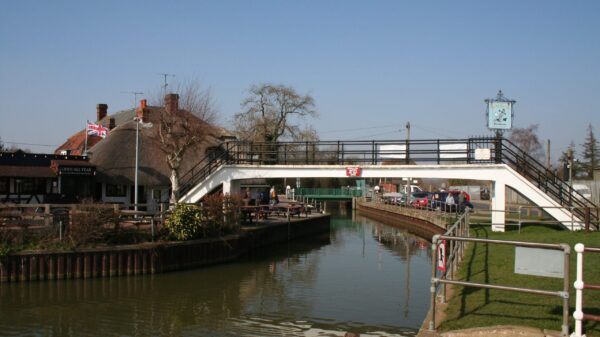About the Thames and Medway Canal
The Thames and Medway Canal was promoted when England was at war with France, to cut the journey time between the Woolwich and Chatham dockyards. This would have been a much safer route than out into the estuary, as Britain was then at war with France. The canal was wider than many others (dimensions 80 foot x 19 foot, with a draught of 4 foot), being suitable for Thames Barges. The Strood to Higham Tunnel was the largest on the network and the second longest before a midway passing place was cut.
The Canal was purchased by the Gravesend and Rochester Railway and Canal Company in 1845, who converted the portion of the canal running through the tunnel for their railway. A year later this company was absorbed into the South Eastern Railway Company. The Canal remained in use from Gravesend to Higham, with two locks up from the Thames, but no longer a through route to Rochester and the River Medway, the canal was little used and operations ceased entirely in the 1930s.
In 1975, IWA decided that the Canal and Gravesend Basin should become part of the waterway network and benefit from the waterway restoration effort that was enveloping the country in the 1970s. So, in September of that year a Rally of Boats was organised. As a result of the interest engendered, the Thames and Medway Canal Association was founded in February 1976, which has sought to preserve and improve the canal as amenity for local users.
[The photo shows canoeists on the Thames and Medway Canal – by Angela Acott]
.










